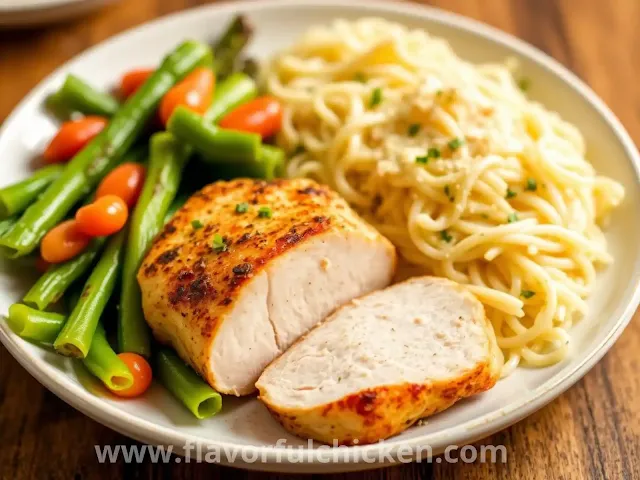Decoding Chicken Breast Labels: Organic, Free-Range, and What They Really Mean
When you walk into the grocery store, you’re likely to be met with a variety of chicken breast labels: “organic,” “free-range,” “antibiotic-free,” and more. Each label promises something about the quality, sourcing, or production methods of the chicken, but what do these terms actually mean? Understanding these labels can help you make informed decisions that align with your values, budget, and health goals. In this guide, we’ll break down the most common chicken breast labels and what they truly indicate.
1. Organic Chicken
Organic chicken is often considered the gold standard for health-conscious consumers, but the label means much more than just a higher price tag. To be labeled as organic, chickens must meet strict guidelines set by the U.S. Department of Agriculture (USDA). Here’s what you’re getting:- No synthetic pesticides or fertilizers: Organic chickens are raised on farms that use only natural fertilizers and pest control methods.
- No antibiotics or hormones: Chickens cannot be treated with antibiotics or hormones. If a chicken does fall ill and needs antibiotics, it is no longer eligible to be labeled organic.
- Organic feed: The feed given to these chickens must also be 100% organic, meaning it contains no genetically modified organisms (GMOs), synthetic pesticides, or fertilizers.
- Access to the outdoors: Organic chickens are required to have access to outdoor areas, although the quality and frequency of this access can vary by farm.
2. Free-Range Chicken
The term “free-range” is commonly seen on chicken labels, often conjuring images of chickens roaming freely in lush fields. But is that the reality?- - **Outdoor access**: Free-range chickens are required to have access to the outdoors, but the USDA does not specify the size or quality of the outdoor space. In some cases, this could mean the chickens have access to a small outdoor pen for just a few minutes a day.
- - **No guarantees on feed or antibiotics**: Unlike organic chicken, free-range does not necessarily mean the birds are fed organic feed or are free from antibiotics or hormones. The term only guarantees outdoor access.
3. Antibiotic-Free
The “antibiotic-free” label has become increasingly common in response to concerns about antibiotic resistance and the overuse of drugs in livestock. But what does this label truly signify?- No antibiotics administered: Chickens labeled as “antibiotic-free” have never been treated with antibiotics during their lives. If a chicken falls ill and requires antibiotics, it is removed from the antibiotic-free program.
- Health monitoring : To prevent illness, farmers often focus on improving hygiene, living conditions, and vaccinations.
- No hormones : It’s important to note that by law, chickens in the U.S. cannot be treated with hormones, so “hormone-free” is a redundant label for all chicken.
4. Non-GMO Chicken
With rising concerns about genetically modified organisms (GMOs), many consumers seek out “Non-GMO” labels. But what does this mean for chicken?- Non-GMO feed: Chickens labeled as Non-GMO are fed a diet that does not contain genetically modified crops, such as corn or soybeans.
- No guarantees on antibiotics or outdoor access: This label only pertains to the feed the chickens consume. It doesn’t mean they’re raised without antibiotics, nor does it ensure free-range or organic practices.
5. Natural or All-Natural
The “natural” or “all-natural” label is one of the most misleading terms you’ll find in the meat aisle. Here’s why:- Minimal processing: According to the USDA, a “natural” label simply means that the chicken has been minimally processed and does not contain any artificial ingredients or added color. This label does not address how the chicken was raised or fed.
- No guarantees on antibiotics or hormones: Natural chickens can still be raised with antibiotics and conventional feed.
6. Cage-Free Chicken
“Cage-free” is a term more often associated with eggs, but it can occasionally appear on chicken meat labels. What does it really mean?- No cages: Cage-free chickens are not confined to cages, but that doesn’t mean they have outdoor access or spacious living conditions. Many cage-free chickens live in crowded indoor barns.
- No guarantees on feed or antibiotics: Similar to other labels, cage-free doesn’t necessarily indicate organic feed or antibiotic-free practices.

